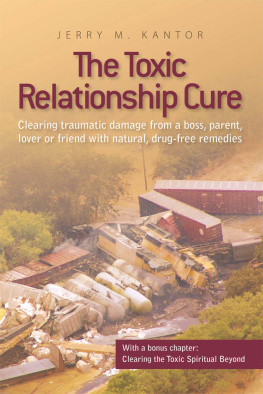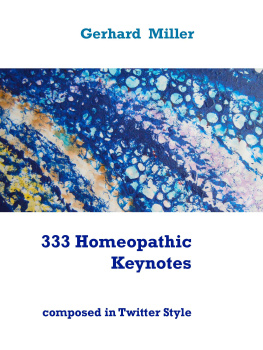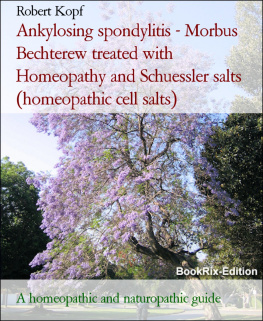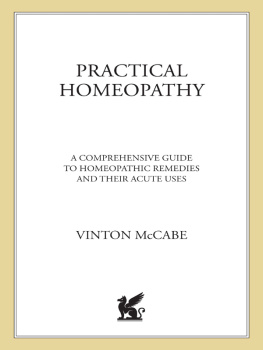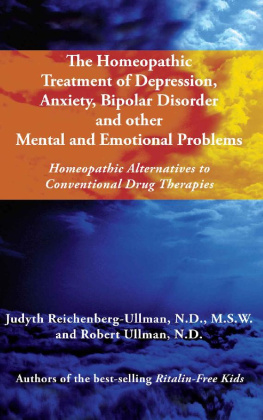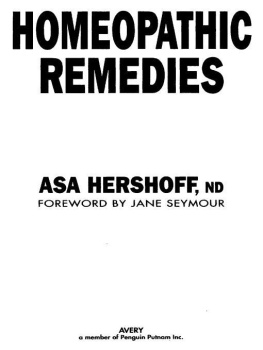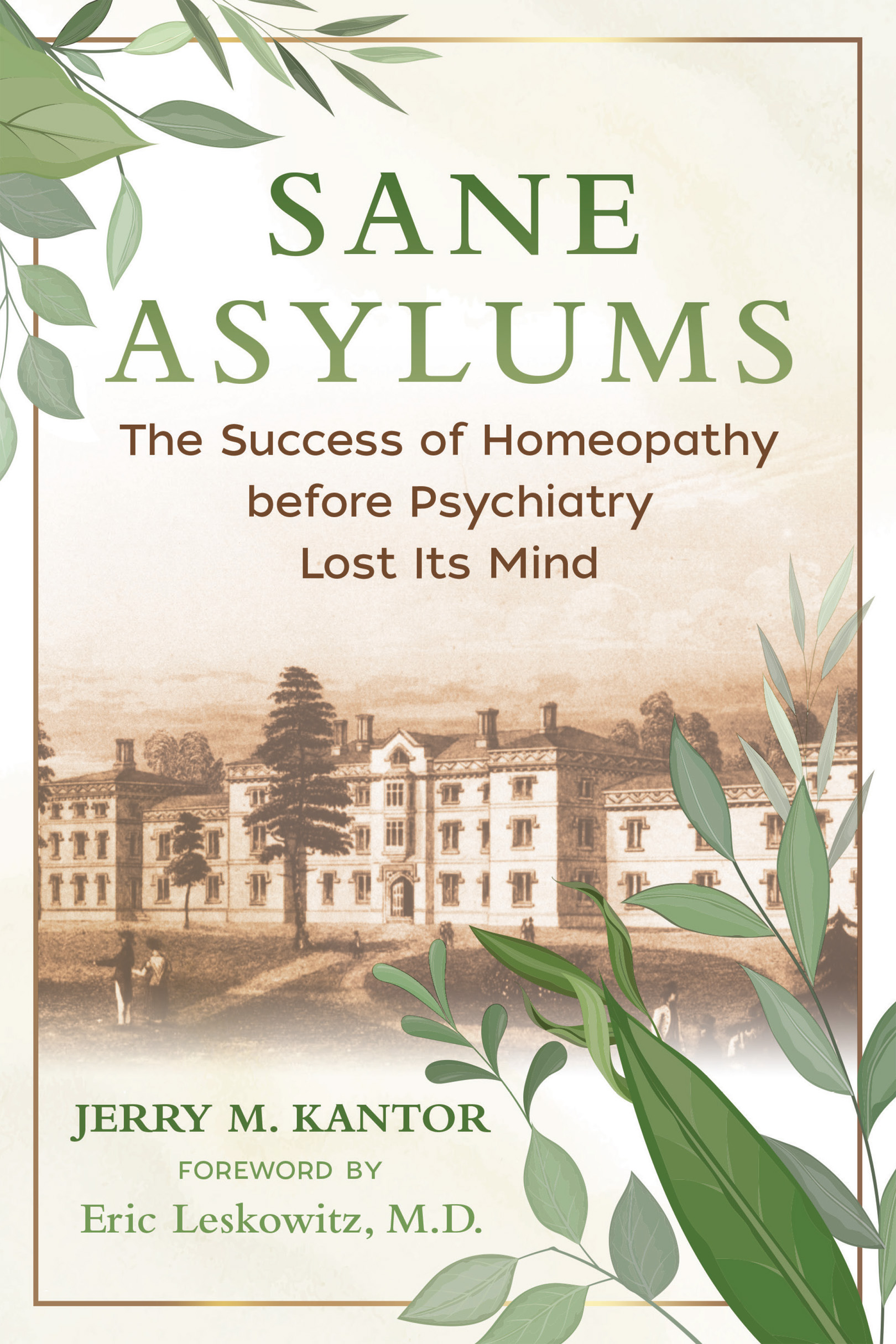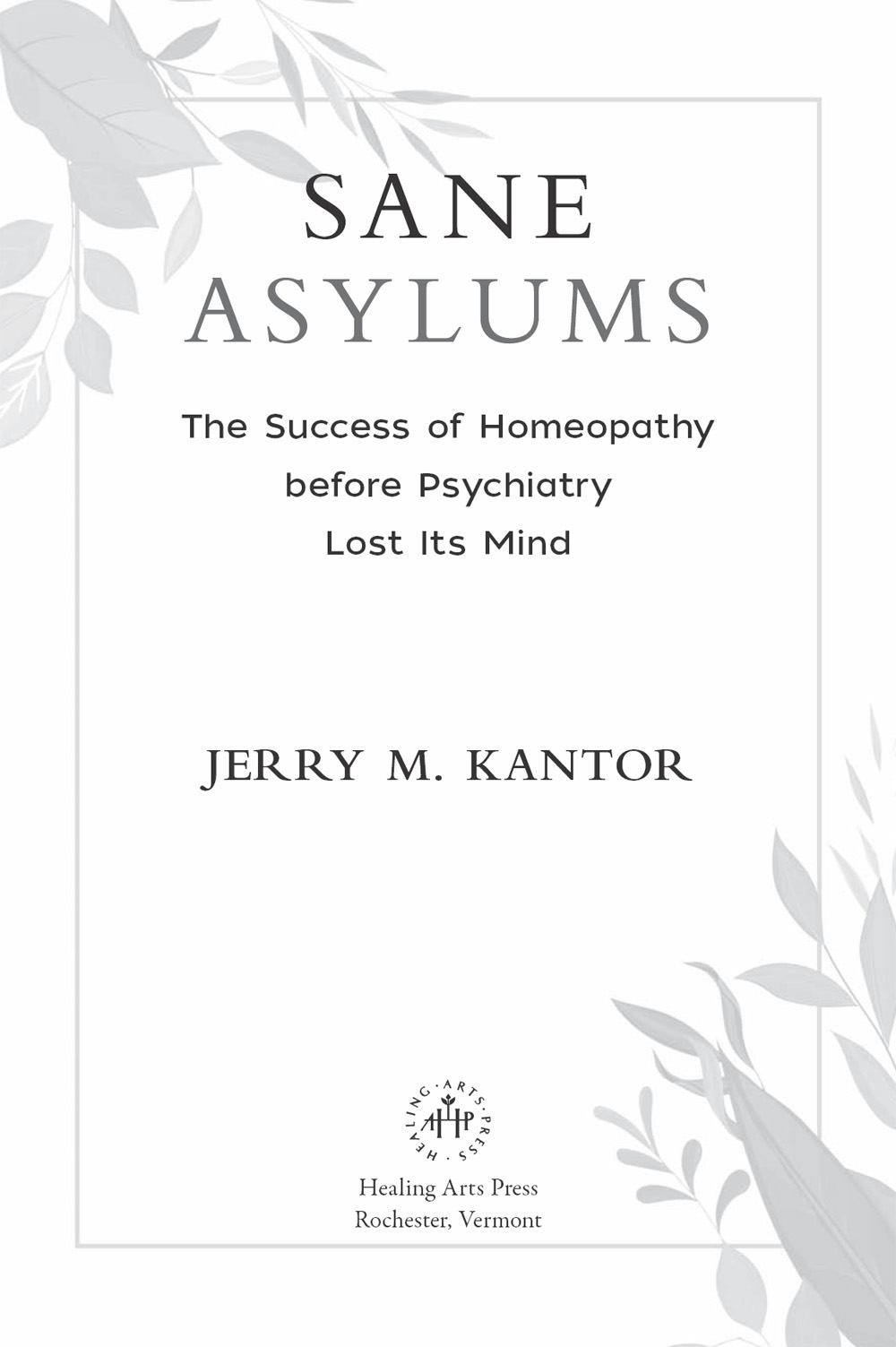
Dedicated to the memory of Selden H. Talcott
SANE ASYLUMS

Sane Asylums is a brilliant stroll through medical history, showing that homeopathic physicians were more than a hundred years ahead of their time. The homeopathic mental health institutions were truly sane asylums; that is, they integrated homeopathic treatment with nutritional therapy, physical exercise, play therapy, and respectful and caring personalized treatment. In terms of mental health care, we can now say that there really were the good old days in this medical specialty.
DANA ULLMAN, MPH, CCH, AUTHOR OF THE HOMEOPATHIC REVOLUTION
Mental health professionals and patients alike can take heart from this thoroughly documented description of natural cures for mental illness at the turn of the last century. The actual cures came from the timeless science of homeopathy, whose safe and effective medicines remain in use today. In fact, we can still implement the same protocols that Jerry Kantor describes in Sane Asylums, complete with specific medicines for common diagnoses. Both scholarly and entertaining,Sane Asylums provides solid support for a more sane approach to mental illness today.
BURKE LENNIHAN, RN, CCH,CLASSICAL HOMEOPATH AND AUTHOR OF YOUR NATURAL MEDICINE CABINET
In Sane Asylums, Jerry Kantor digs into the past to reveal a surprising history, one that challenges current societal beliefs. The most joyful chapter in this book tells of baseball therapy practiced at Middletown State Homeopathic Hospital for the Insane, with the Asylums, as the hospitals team was known, posting a surprisingly good record in competition with other local New York baseball teams. You read this and cant help but ask yourself, what does this reveal about our mental health care today?
ROBERT WHITAKER, AUTHOR OFMAD IN AMERICA
Jerry Kantors book is an amazing historical document that also provides insight into what can be done to improve the lives of those struggling with mental illness today. Homeopathy can work miracles. It is imperative that more people realize this at a time when modern medicine is increasingly harming rather than helping us.
AMY L. LANSKY, PH.D.,AUTHOR OF IMPOSSIBLE CURE: THE PROMISE OF HOMEOPATHY
Sane Asylums gives us an illuminating look into a time when visionary doctors treated mental illness with care, compassion, and gentle, effective homeopathic remedies. It is an important historical addition that will enlighten therapists as well as anyone interested in improving the treatment of those with severe mental illness. One can only hope that this history becomes better known so that all effective treatments, such as homeopathy, will flourish.
JANE TARA CICCHETTI, CCH, AUTHOR OF DREAMS, SYMBOLS,AND HOMEOPATHY
Sane Asylums is a book that makes you want to travel back in time and go to 18751925 when mental asylums in the United States offered humane living conditions, compassionate care, sports therapy, and homeopathic remedies to thousands of people with mental illness and obtained successful cures. Sane Asylums shows what was possible back then and what can be achieved today if the homeopathic approach to mental illness is made available again and we, as a society, learn to invest in sanity.
VATSALA SPERLING, PH.D., P.D.HOM, CCH, R.S.HOM,CLASSICAL HOMEOPATH AND AUTHOR OF THE AYURVEDIC RESET DIET
Highly recommended. Sane Asylums is an engaging, well-researched, and very much needed historical perspective on the role of homeopathy in the evolution of medicine in the United States. Rather than the scrubbed historical version we are accustomed to finding in our history books, Sane Asylums sheds new light on homeopathys relevance for mental health care, medicine, nursing, and politics today. Well worth the read!
ANN MCKAY, RN-BC, CCH, HWNC-BC, HOMEOPATH
In an insane world, what better than to challenge our collective cognitive dissonance around psychiatry? Homeopathy is biological intelligence and inheritance. Seems we knew this once upon a time. Mad props to Jerry Kantor for uncovering beautiful, forgotten, misunderstood, and disavowed parts of our medical history.
LOUISE KUO,HEALTH FREEDOM ACTIVIST AND AUTHOR OF VACCINE EPIDEMIC
Do you like history, homeopathic history? Well then, youre sure to appreciate Jerry Kantors inspiring scholarship in this psychological thriller. And whats most unsettling is that its all true!
JAY YASGUR, AUTHOR OFYASGURS HOMEOPATHIC DICTIONARY AND HOLISTIC HEALTH REFERENCE
Contents
Foreword
By Eric Leskowitz, M.D.
H omeopathy, psychiatry, baseball, and synchronicity: these are the four factors that led me to write the foreword to this fascinating book.
Lets start with the synchronicity. Exactly two hours before being invited by Jerry Kantor to write this foreword, a friend suggested that I read an essay on the website Mad in America about a support group for people who hear voices but dont use psych meds. It turned out that the websites founder, an anti-psychiatry journalist Id never heard of, is a primary source and major influence in Sane Asylums. This sign was impossible to ignore, even if my logical mind couldnt explain how synchronicity works. Ironically, that is the same issue facing homeopaths like Jerry Kantor, because mainstream medicine doesnt know how homeopathy works and thus finds it easy to dismiss.
Im a holistic licensed psychiatrist now, but throughout my medical school and psychiatric training, the ultimate put-down to any new approach to therapy was to compare it to the modus operandi of homeopathytitration: How could it possibly work? There arent even any molecules of the original substance left! Even though my clinical practice generally focuses on mind/body approaches such as meditation and hypnosis (and another difficult-to-explain therapyenergy healing), I had never warmed to homeopathy. So it was ironic when some of my colleagues at Spaulding Rehabilitation Hospital in Boston were awarded one of the first pilot grants from the National Institutes of Health (NIH) in the area of alternative medicine (as it was called then), to study the efficacy of homeopathic treatments for mild traumatic brain injury.
This was in 1992, when the NIHs total research budget for alternative medicine was $300,000 (its now $150 million) and Spaulding was not yet academically affiliated with Harvard Medical School. That small grant ($30,000) actually represented the first time wed received any federal funding for research, and although its only a pittance compared to Spauldings current research budget, it was a source of immense pride for our hospital director. Except for one minor detail...
How was he going to brag about his NIH grant when its focus was a technique that he, and the rest of the Boston medical community, believed was quackery, plain and simple? It was my first chance to learn about homeopathy, because I served on the studys institutional review board and I saw the unrealistic constraints that had to be followed (for example, being limited to prescribing, from the vast pharmacopoeia of homeopathy, one of only ten total remedies that had been preapproved for the study, rather than the remedy that best matched the patients symptoms). Yet despite this catch-22, the project unfolded smoothly and produced positive results.


